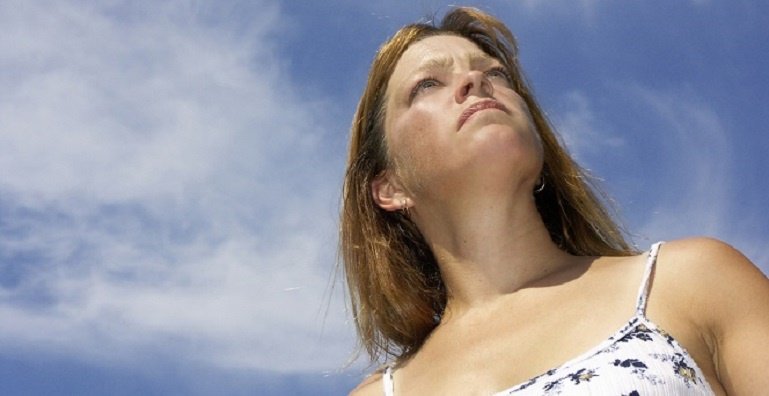Healthy skin is a hallmark of good health and a warm, glowing complexion is thought to be a sure sign of it. But red facial areas may signify something alarming—a bothersome skin condition called rosacea.
Rosacea might start out as a flush on your forehead, cheeks, chin or nose. You might even mistake it for a pimple outbreak. After a while, irritation can cause swelling and extreme sensitivity. Your face may have red, thick, bumps that are uncomfortable and worrisome. If your eyelids get inflamed, it can impair your vision.
Millions of people are affected with rosacea and while the causes are unclear, most think it is genetic. If a family member has the condition it increases your chances.
Given the fact there is not yet a cure for rosacea, keep in mind there are treatments to reduce the symptoms. Antibiotics are among the therapies that ease the redness. Changes in diet and lifestyle choices can make a difference as well. For more serious cases, laser surgery can remove visible blood vessels and diminish the redness.
Learn the four types of Rosacea here.
Signs of Rosacea
- Redness or flushing on the face, forehead, nose, cheeks, and chin
- Small red lines under the skin
- Thickened skin or constant redness; sometimes painful bumps
- Inflamed eyes or eyelids
- Swollen, red, bumpy nose, especially in men
Fair skin people are more at risk of getting rosacea, but anyone can experience it. It shows up more often in middle age and women are more likely to develop it than men; however, it causes men more problems. Symptoms are erratic and may be active for weeks then subside. As years pass, the facial redness can become more difficult to treat. People are often embarrassed by flares and the physical appearance can be emotionally disconcerting, causing people to seek isolation.
Common triggers include foods that are hot and spicy, alcoholic drinks, hot and cold temperatures, sun exposure and stress. To help you avoid triggers, keep a list of the foods you eat and what you’re doing. These suggestions may help, too:
- Use an SPF 30 or 50 sunscreen
- In winter protect your face with a scarf or ski mask
- Avoid touching or rubbing your face
- Use a gentle cleanser to wash problem areas
- Don’t use face products that contain alcohol or irritants
- Use a green-tinted make-up foundation to diminish redness
When Should I Visit a Dermatologist for Rosacea?
Detecting rosacea early is important so it does not worsen. Several other conditions have similar symptoms and it is difficult to isolate sometimes. See a medical professional to confirm your condition. Your dermatologist has the professional expertise and experience to make a diagnosis and recommend a viable plan of treatment. We have multiple locations throughout the country, so fill out our simple online form to get in touch with us. One of our local team members will reach out to you shortly to answer your questions or schedule an appointment for you to visit us soon.
Find a location near me
or

